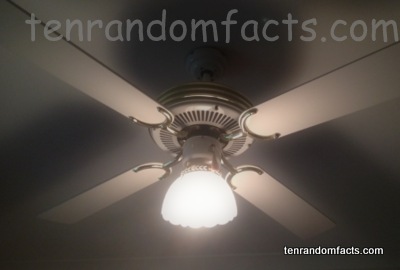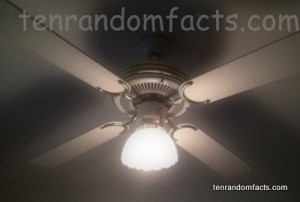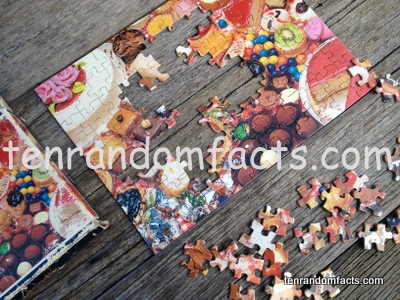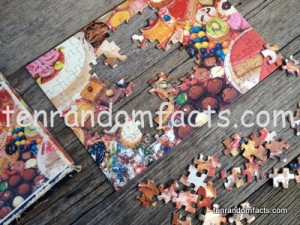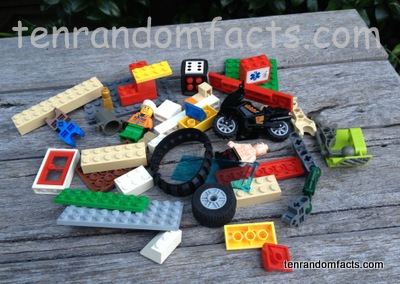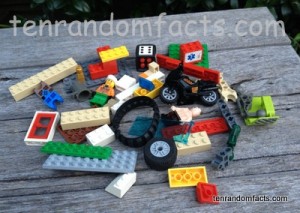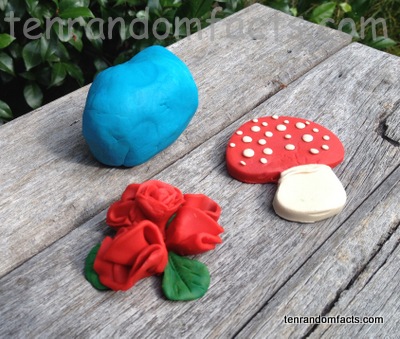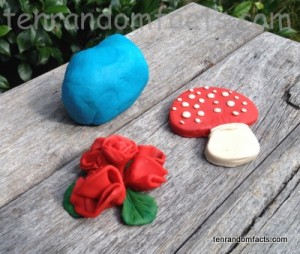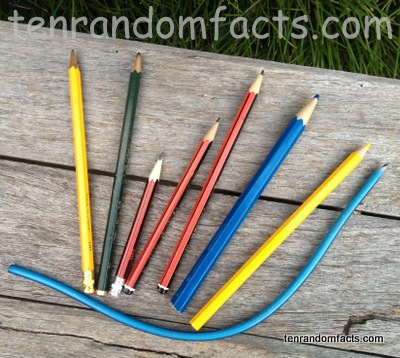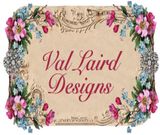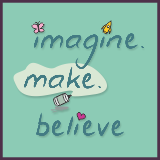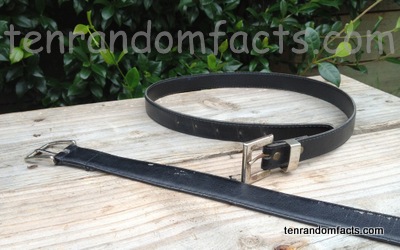
Flippy floppy, flippy floppy.
- Belts are special straps that generally go around your waist and are normally used for holding trousers or skirts up on a person’s body, although sometimes they are used for decorative purposes.
- Belts are generally made from leather or heavy cloth fabric.
- Belts include a buckle and a band or strap in its design, and often a series of holes for the prong of the buckle to insert into, making it adjustable in length.
- Men have been using belts as part of their clothing since 1000 BC or earlier.
- In the modern era, it wasn’t until around the 1920s that belts were used to hold trousers up, as trousers had lower waistlines around that time.
- Before the 1920s, belts were generally used for decoration.
- Some belts, utility belts, are used to carry items or tools around the waist for quick and easy access.
- In the early Middle Ages, and in the 1900s- 1910s, it became fashionable for women to wear belts.
- Some belts have been produced to be worn on legs.
- The section of the belt strap that hangs loose, or is tucked into a belt loop is said to be called the lattiilus.




